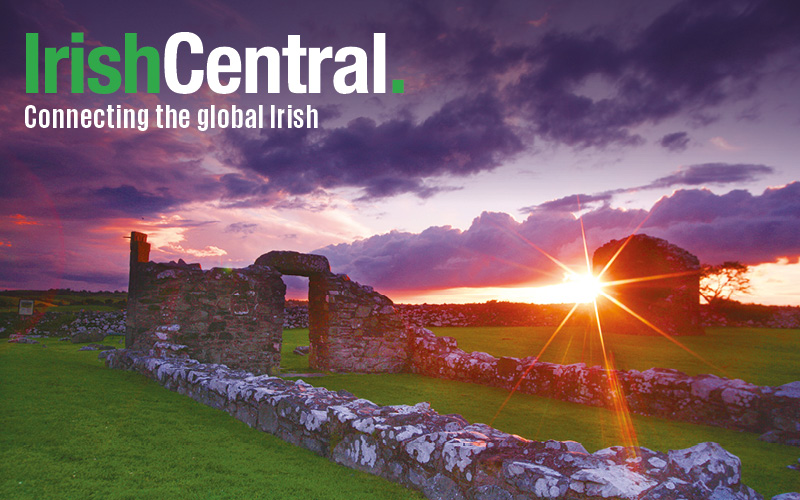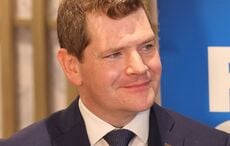The just released Northern Ireland census figures from 2011 show a remarkable and inexorable trend towards a Catholic majority by the next census in 2021.
The state once proudly proclaimed a “Protestant state for a Protestant people” has instead a looming Catholic majority with all that entails.
Those of Protestant background are now at 48 percent, less than a majority for the first time in the history of the North. Those who say they are Catholic measure 45 percent, while the remainder professes no religion. There are only 54,000 more Protestants than Catholics.
Those numbers have seen a dramatic increase in the Catholic population from the 53 percent Protestant, 43 Catholic split in the 2001 census.
The gap has closed from 10 points to just three and will surely disappear over the next decade. The speed of the change in demographic terms is like lightning.
In institutions such as Queen’s University in Belfast and third level teacher training colleges Catholics are now in the large majority. That trend will continue as the birth rate is now significantly higher among Catholics than Protestants.
Statistics from the North’s Department of Education for 2010/’11 showed 120,415 Protestants and 163,693 Catholics in schools, equating to 57.6 percent Catholic and 42.4 percent Protestant pupils.
Considering that the state started out in 1921 with a 66 percent to 33 percent Protestant majority, it has been a stunning demographic shift in 90 years.
For the first time in history there is no longer a Protestant majority of over 50 percent in the North. The impact of that reality will be very significant on its political future.
It does not guarantee a united Ireland, but it does likely guarantee a Catholic majority in a decade with all that implies.
Given what has happened in Scotland, with a referendum on independence to take place shortly, the old underpinnings of the United Kingdom and Northern Ireland are suddenly shaken to the core.
Due to the shared power reality of Northern Ireland, many Catholics will believe they are better off in their own Northern Ireland than being part of the Irish Republic where in current political terms they would be a minority.
If as seems certain, the Catholic vote is larger than the Protestant vote in the North that will mean a Sinn Fein first minister in the North in the not to distant future.
Given that reality, the Catholic voter has two scenarios to consider -- leadership in the North or part of a united Ireland.
The outlook among Catholics in the North on the Irish Republic may depend on large part on whether Sinn Fein builds on its recent progress in the south and becomes a party of government there over the next decade or so. That is an imponderable at this point.
The census result is certainly a long way from the harsh reality of the 50 years of the Northern state and utter Unionist domination when only one token Catholic was ever in a cabinet position.
For Protestant political leaders, the reality is that they have to reach out to Catholics to retain their hold on power and membership of the union. This was a point made by current First Minister Peter Robinson at his party’s annual conference a few weeks back.
It may be too late to do that effectively, but Robinson’s statement at least reveals that real politics not just fashioned on old tribal hatreds may be about to take place in Northern Ireland.
That would be a welcome moment for everyone.




Comments